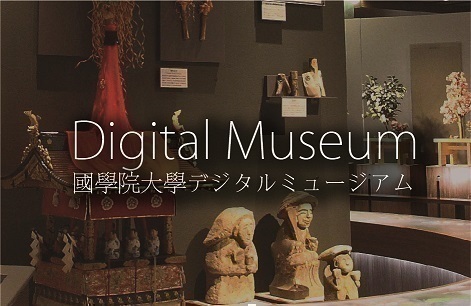- トップ
- Encyclopedia of Shinto
- Obotsu-kagura
Encyclopedia of Shinto
| Main Menu: | |
| Links: |
詳細表示 (Complete Article)
| カテゴリー1: | 5. Rites and Festivals |
|---|---|
| カテゴリー2: | Rituals in Okinawa and Amami |
| Title | Obotsu-kagura |
| Text | A term used in a region that stretches from Amami to the Okinawa archipelago that refers to the other world where the kami dwell. The words obotsu and kagura have basically the same meaning and are used to form a couplet. According to the Chūzan seikan (Mirror of Chūzan, 1650) and the Okinawan dictionary Konkō kenshū (1711), obotsu-kagura is the heavenly realm and its kami are the kami of heaven (tenjin). However, in Amami and the northern part of the Okinawa archipelago, there are obotsuyama (obotsu hills) scattered about—reminiscent of the groves for local tutelary deities—that are regarded as sacred places where the "visiting kami" (kami that visit from the other world to bring blessings; raihōshin) abide. Thus, the obotsu-kagura is both a heavenly realm and a sacred place in this world; such a view of the other world (takaikan) is not easy to understand. Popular beliefs associated with the obotsuyama are thought to have been assimilated by the Shuri court and turned into a view that the other world was in heaven. In the first volume of the Omoro sōshi, a collection of ritual songs of the archipelago compiled by the court in the 16th and 17th centuries, there is a strong emphasis on obotsu-kagura, and there also exists a tradition which links the kami of heaven with female lay ritualists (Jp. kamionna, Okinawan nanchu) such as the noro. This suggests that the obotsu-kagura concept was involved with the strengthening of the authority of the king. — Hatakeyama Atsushi |




